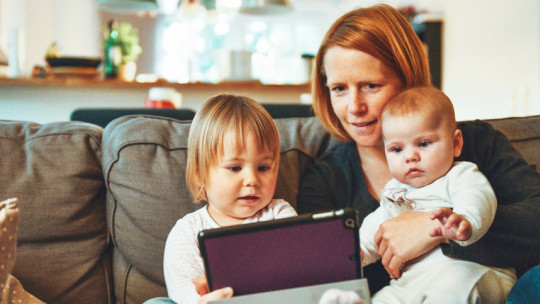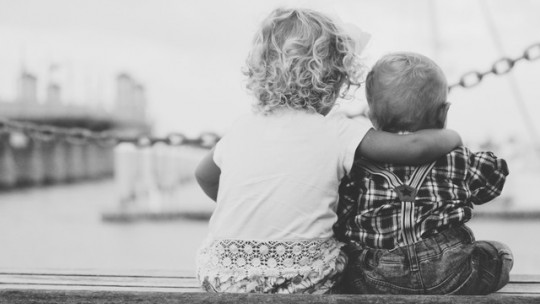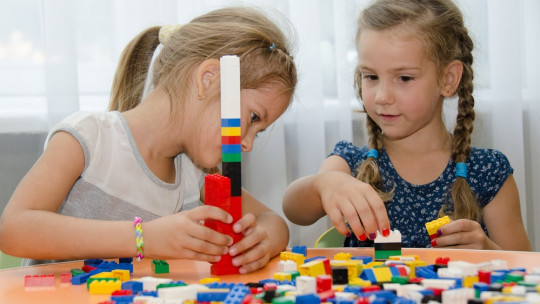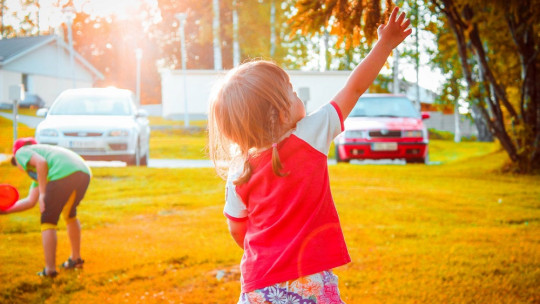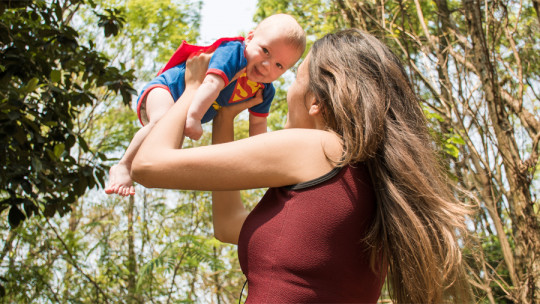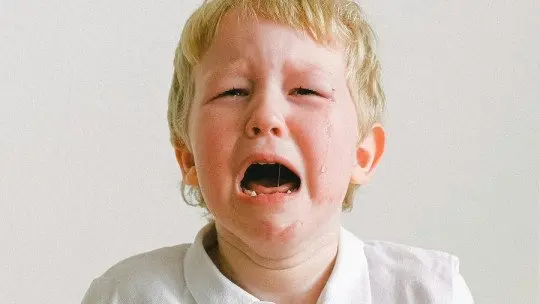Observing others is essential during development since it is the way we learn how to guide our own behavior.
This idea is what lies in the concept of modeling, explained in greater depth by Albert Bandura. People do actions and whoever observes them introduces them into their behavioral repertoire. Observing others is essential during development since it is the way we learn how to guide our own behavior.
This idea is what lies in the concept of modeling, explained in greater depth by Albert Bandura. People do actions and whoever observes them introduces them into their behavioral repertoire

However, not all behaviors are good. Sometimes unwanted actions are imitated, and this is the idea that would relate to the concept of negative modeling explained in greater detail in this article.
Negative modeling what is it?
Within Albert Bandura’s social learning proposal, Negative modeling is understood as the act of imitating behaviors of others that are not considered appropriate to be a socially adjusted individual
They tend to be behaviors that involve some type of harm to others or oneself, but with enough social pressure to imitate it believing that it can imply some type of benefit.
Theoretical framework on which it is based
The term modeling, in a more general and neutral vision, refers to the observational learning process where the behavior of an individual or group of them serves as a stimulus for thinking attitudes and behavior of other people.
Within psychology, the study of imitation has been practically ignored until 1941 when Miller and Dollard tried to approach it from a behaviorist perspective. Later, in 1963, Albert Bandura proposed a theory of behavioral imitation to try to explain personality development through social learning. As time went by, the term ‘imitation’ was progressively replaced by ‘modelling’ within the academic field.
According to Bandura himself, most human behavior is the result of having observed it in others and acquired it through modeling. Thus, a person, by seeing how others behave, gets an idea of what repertoires of behavior he should carry out and using them as a guide. The influence of the behavior of others on oneself may depend on several factors, such as the status attributed to the referring subject or the degree of kinship.
Broadly speaking, the imitation process begins with the observation of a behavior. Subsequently, whoever observes it feels identified with whoever is doing it and proceeds to imitate it. If the action involves some kind of short-term benefit or reward, you are more likely to assimilate it into your behavioral repertoire.
Examples of negative modeling
As has already been indicated, negative modeling is understood as the imitation of behaviors considered unwanted or inappropriate because they imply some harm to both the person who performs them and third parties.
The ability to imitate other people is something very adaptive for the human species since it offers us a great diversity of behaviors that we can know in advance that will have some type of benefit, since it is logical to think that if others carry it out it is because it has allowed them to gain something by doing it.
However, it is not gold everything that shines. Many times, without knowing it, actions and ways of doing things that are not adaptive in the long term are imitated. Young people, especially children, are more sensitive to learning bad habits, especially because they do not yet have the ability to discern between right and wrong. To understand this further, let’s look at some detailed examples of negative modeling put into practice
1. Violent entertainment
The media has a great influence on our actions, thoughts and abilities.
The mass media is constantly bombarded with movies and series in which scenes appear where murders, assaults and thefts are committed.
It is also possible to see in more than one film that addictions, such as alcohol consumption, are implicitly promoted and, although today it is more regulated, the scenes in which someone appears smoking are not at all surprising.
All of this can exert a great influence on the mind of the child or adolescent who has witnessed scenes in which this violent content appears, and may believe that imitating their favorite actors makes them ‘cool’.
In the most extreme cases, having enjoyed this type of content can be behind fights at school, attacks on parents or bad behavior, clearly unwanted behaviors.
However, it is important to qualify what has just been said at this point. All entertainment, whether in the form of movies, series or video games, should not be demonized. It is the responsibility of parents to control what their children are exposed to.
2. Domestic violence
Domestic violence is unfortunately a social scourge. Whether it is the husband who abuses his wife or the parents who abuse his children, This type of violence contributes to the person being modeled in a very negative way
As an adult, he may carry out these same attacks towards his partner and children, or it may also be the case that he imitates his abused mother and becomes a submissive person incapable of freeing himself from his chains.
3. Racism and xenophobia
Although there is currently a very critical conception of racism, especially its biological aspect, There is still a lot of work to be done and racially discriminatory comments are not uncommon
The child who grows up in an environment in which there are many wrong beliefs about people of a specific ethnicity or nationality is very likely to end up doing the same thing and, furthermore, to believe them.
Not only are the racist comments that the child will make unwanted behaviors, but they will also inherit all the discriminatory thinking that their parents have taught them.
4. Culture of plagiarism
This example in question may seem a bit far-fetched, but it is certainly a very widespread type of behavior in our society to plagiarize the work of others, behavior that is clearly unwanted and harmful if discovered.
If the child who goes to class learns to copy and paste what is written in his textbook because his teacher has told him so, although it may seem harmless, it contributes to assimilating the culture of plagiarism and not generating new ideas.
Surprisingly, today, we are surprised, pardon the redundancy, that a politician or a social leader copied a work while studying a degree or master’s degree. In turn, these same famous people do not receive the appropriate legal consequences.
All this, promoted by the educational field itself and, at a more general level, the media and the legal system, They encourage people to believe that copying what others have had a hard time creating is something legitimate


